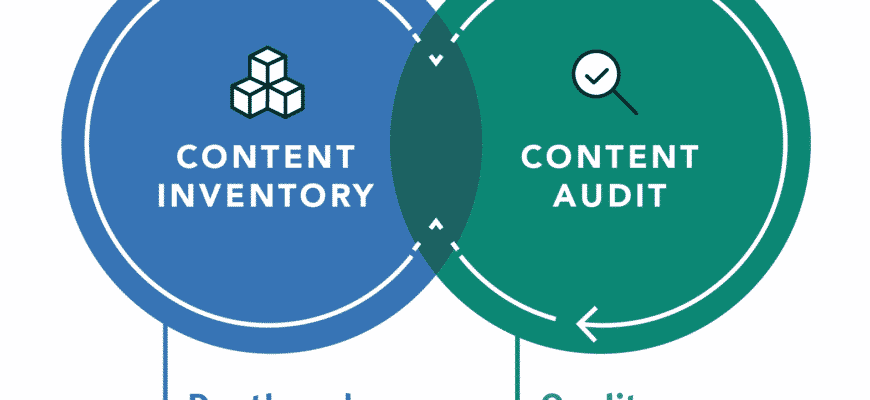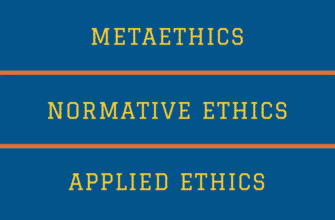Why does a 30-second Super Bowl commercial cost $4 million? Why has the newsmagazine show 60 Minutes been on the air for almost fifty years? And why, for the love of all things holy, was the spy-thriller Covert Affairs just cancelled in it’s prime? We can attribute all of these decisions to the Nielsen ratings.
Since the 1940s, Nielsen’s ratings system has been the standard that networks and producers use to determine the popularity and viewership of their programs. This data drives commercial revenue, determines which shows get renewed, and steers television network decisions to develop particular programming. Interestingly, Nielsen is not the predominant measurement of viewing habits because of its accuracy (it still does not take our online TV habits into account); nor does Nielsen provide a truly representative sampling of the general population (only 20,000 households offer input out of an estimated 116 million). Nielsen’s longstanding reign can be attributed to the frequency of its results.
Every day, Nielsen posts the number of people watching the previous day’s television shows; and every week, they post the most watched shows of the week. This allows television network leaders to make real-time decisions that have immediate affects on what you see. But gathering instant data is not just beneficial to the entertainment industry, it is important for each and every one of us.
According to Pique’s recently published Annual Culture Management Report, 71% of employees do not feel their supervisor adequately gathers their input. This mirrors Deloitte Consulting’s study where people planning to leave their job predominantly cite ineffective or infrequent communication AND the Towers Watson study where employees mentioned insufficient feedback as a primary sources of stress.
People want to be heard and they don’t want to wait. But what do many leaders do? We conduct an annual survey to gauge the culture and engagement of our team. Combined with the annual performance review, which many mention as the only time they receive feedback from their supervisor, we lack the real-time data needed to make real-time decisions that can improve our organization’s productivity, culture, and ultimate success.
There’s good news and bad news. The bad news is that your most recent annual survey is already outdated. With an ever-changing workforce and shifting priorities, the culture of the organization is endlessly in flux. It would be like waiting a year to learn that American Idol is the most watched show of the season. That’s a full year where the other networks would not be able to “benchmark” the concept and spin out their own celebrity judge talent show. For you, that’s a full year of making the same mistakes and not knowing whether your current efforts are making an impact.
Thankfully, the good news is that it is not too late. You can start collecting real-time data today. This provides you the competitive advantage associated with knowing what is actually happening versus what happened a few months ago. If the logistics of more frequent surveying seem overly complicated and overwhelming, they are not. Sure it will take a little more effort, but how much effort are you wasting with your comprehensive annual survey? Wouldn’t that time be better spent collecting up-to-date feedback. And you don’t have to do it alone. Companies like Pique have developed tools to help you measure your culture with real-time capabilities (disclaimer: I am the co-creator of this fine product).
So maybe the Super Bowl can charge it’s outrageous commercial prices because it has been the most watched program of the year 21 times. And maybe 60 Minutes has been on the air for 50 years because it has been one of the top ten shows watched every week since the 1970s. And maybe, just maybe, my precious Covert Affairs was cancelled because viewership dropped 32% this past season. These decisions were made with quantifiable date assessed as they occurred.
You have a decision to make: are you conducting your annual survey out of obligation or because you actually want to improve your workplace. If it is the latter, use your time and resources wisely. It is the only way to avoid canceling the wrong programs…like Covert Affair.







